Every region in France supports a large population of milk-giving animals which provide the raw material for French cheese.
Therefore, there are more than 400 French cheese varieties listed in France, which are usually classified into seven categories.
Indeed, French cheeses are made in a vast number of ways that produce the variety which is without rival. The most famous cheeses of France are matured over long periods, but some, such as cream cheeses, can be eaten quickly.
With 26.7kg of cheese eaten per person per year, the French are amongst the highest consumers of cheese in the world.
The origins of cheeses of France
When did cheese first appear? This is a trick question.
Did it occur spontaneously from curdled milk left in contact with air?
Or was it accidentally discovered in Mesopotamia a long time ago? When a shepherd forgot the milk in his flask, which was made from a young goat’s curdle and thus contained rennet?
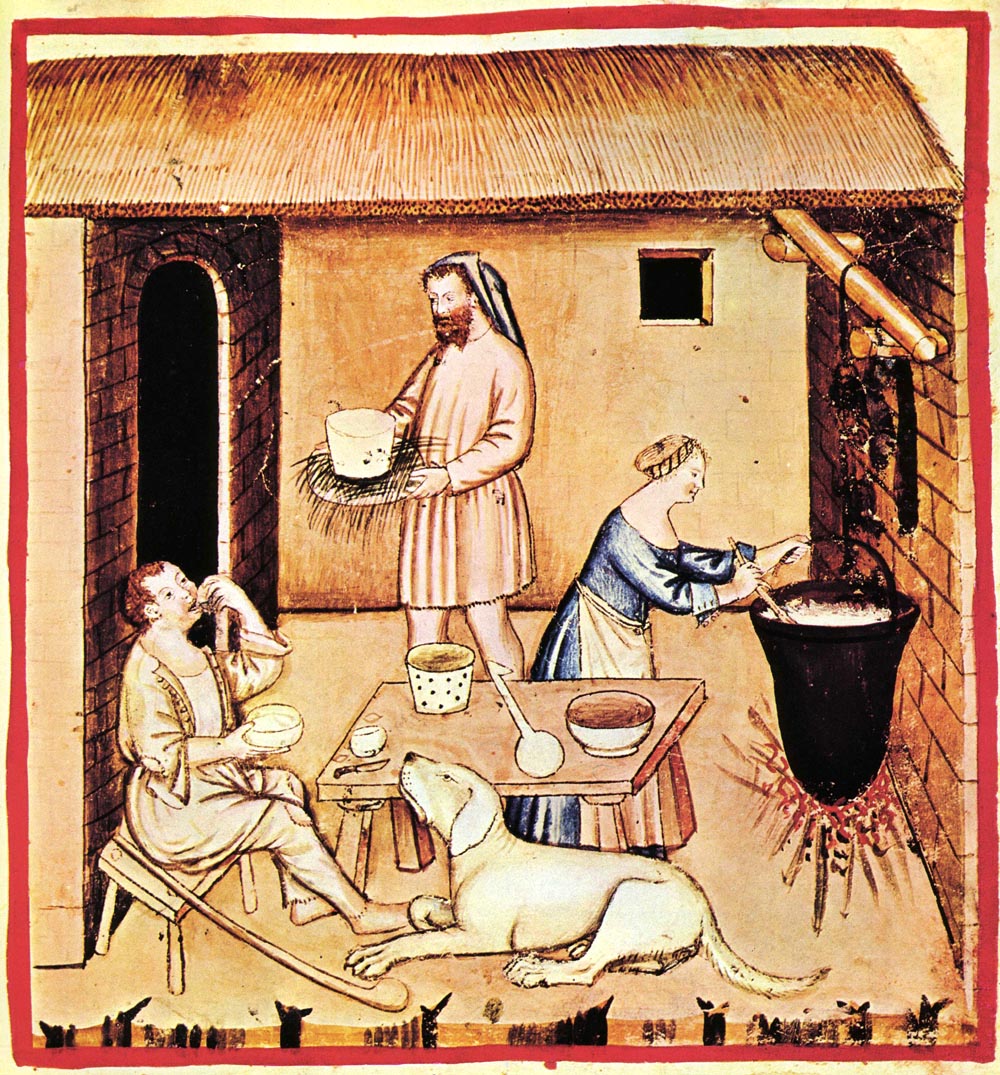
Following the history of French cheese, through its eight types, is like accompanying the history of humanity.
Many consider the French as specialists in cheese! Thus including great historical leaders: Charlemagne, Napoleon, Talleyrand, General de Gaulle… without forgetting the major role played by the clergy and the catholic monasteries.
Of course, one must also acknowledge the influence of climate and terroirs. The mountain pastures of the Alps are home to Beaufort cheese and it would be inconceivable (even ridiculous) to try producing it in Normandy!
There are more than 1,000 kinds of cheese in France!
96% of French people regularly eat cheese. They value its taste, its variety and its authenticity.
The image of French cheese
Undeniably, many love cheese. It is vastly popular among the French people who could recite by heart many names of French cheeses, together with their original regions of production.
In fact, the discovery of French cheeses takes you on a journey through many regions of France.
People love cheese generally rather than any particular type. Overall, French cheeses, therefore, maintains a classy reputation with pride of place on the dinner table.
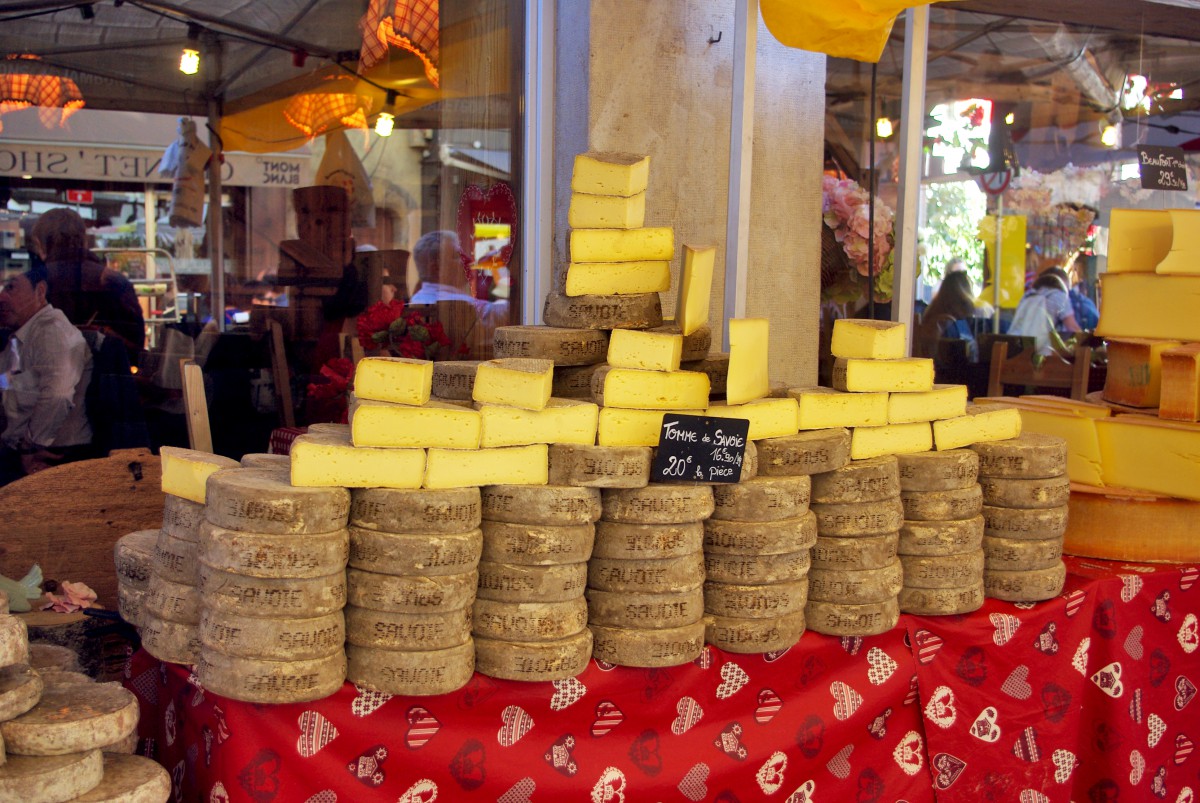
The Holy Trinity of the French table
Legend has it that the French humanist François Rabelais (15th C) first coined the expression: the “Holy Trinity of the table”.

Born in Chinon (Loire Valley) in 1494 (or was it in 1483?), Rabelais enjoyed eating good food… and it is pretty certain that he would have tasted the delicious goat’s milk cheeses from Touraine.
Rabelais was also a Roman Catholic monk for much of his life and, unsurprisingly, was familiar with the concept of the Holy Trinity: God the Father, Jesus the Son and the Holy Spirit.
Hence, Rabelais’ “food” version of this Trinity consisted of cheese, wine and bread!

The great advantage of this union is that there is little or no preparation needed to enjoy them. Therefore the three of them are often seen at picnics on the banks of the River Seine in Paris or on the side of a picturesque country road.
French Cheeses have a great and positive image!
- People respect French cheese for both its excellent flavour and as help when entertaining, as it is so easily offered and appreciated by guests.
- French cheese carries a positive image in terms of health, thanks to the calcium, protein and energy it provides – though there is also a perception in some consumers’ minds that it is a fatty food, providing calories and cholesterol.
Characteristics of French cheese consumption
Eating cheese is very common in French’s dietary habits:
- 96% of French people eat cheese
- only 4% of French people never or seldom eat cheese
- 47% of French people eat cheese on a daily basis

In addition, in 2014, the average consumption was 26.7kg per head.
In France, cheese consumption includes:
- Heavy consumers, who eat cheese all day long (1 French person out of 4),
- Average consumers who eat cheese once or twice a day represent the largest group (42% of French), and
- Light consumers i.e. 31% of French people eat cheese less than once a day.
Heavy consumers tend to be older men, whereas light consumers are rather women and young people.
Cheeses of France according to their production
French cheese is classified according to its farm, artisanal or industrial character.
Farm cheeses in France
A farm cheese (or fromage fermier) is a cheese made on the farm by a farmer-producer of milk. It is made exclusively from the milk produced by the animals of this farm. The interest in farmhouse cheeses lies in the fact that they are the result of expertise (generally family and sometimes ancestral know-how).
Artisanal cheeses in France
An artisanal cheese (or fromage artisanal) comes from a relatively modest and not very mechanised processing workshop where the artisan transforms milk that he buys from one or more farmers. The milk(s) arrive at the artisanal dairy in a raw and refrigerated state. The artisan will leave it raw or will apply possible pasteurization.
Industrial cheeses in France
Industrial cheese (or fromage industriel) is the term used to designate cheeses made in medium or large industrial units. This factory production is very diverse. Some factories practise mass production that is rationalised to the extreme, which can be likened to junk food.
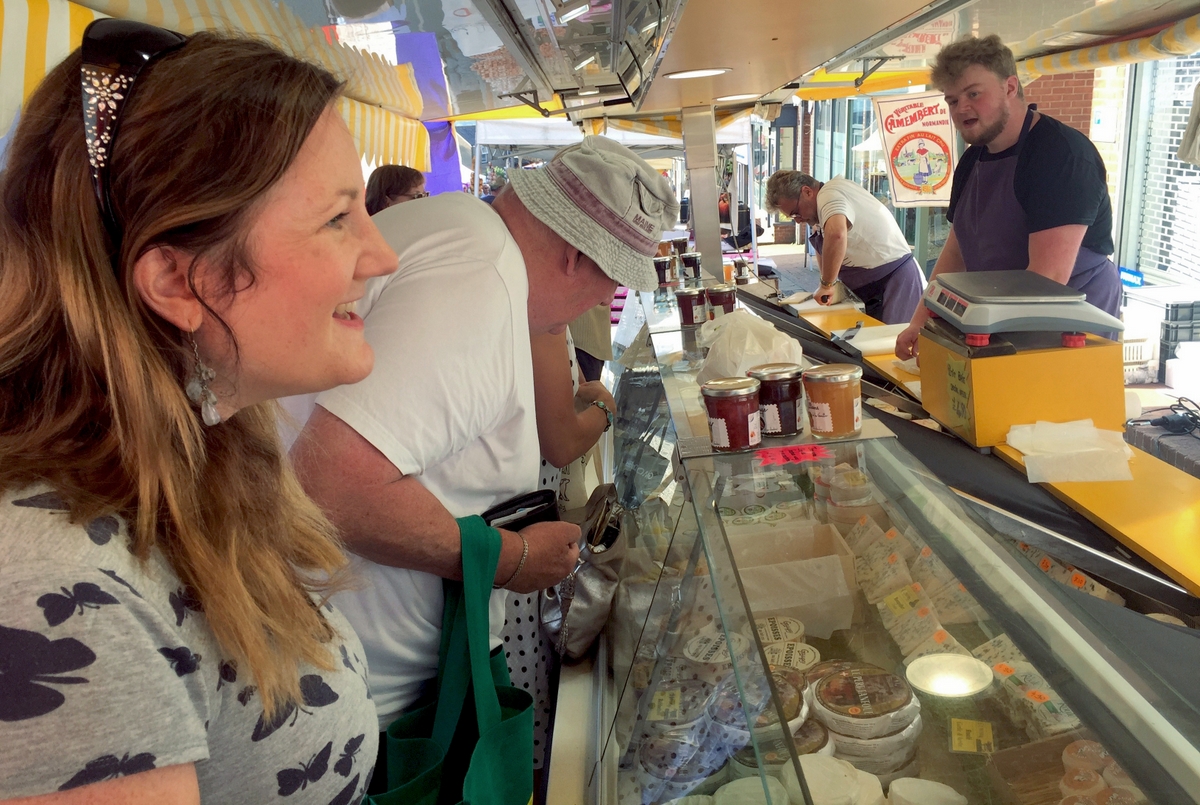
Where to buy cheese in France?
You will find some of the best regional farm and artisanal cheeses in traditional open-air markets (le marché), where local cheesemakers often have their own stalls.
In addition, a small market town or big city may have a specialist cheesemonger (la fromagerie or la fromagerie-crèmerie) where you can buy the best cheeses in France.
Finally, many French people buy their cheese in supermarkets (l’hypermarché and le supermarché) that have gradually replaced the village shops that used to sell food, including cheese.
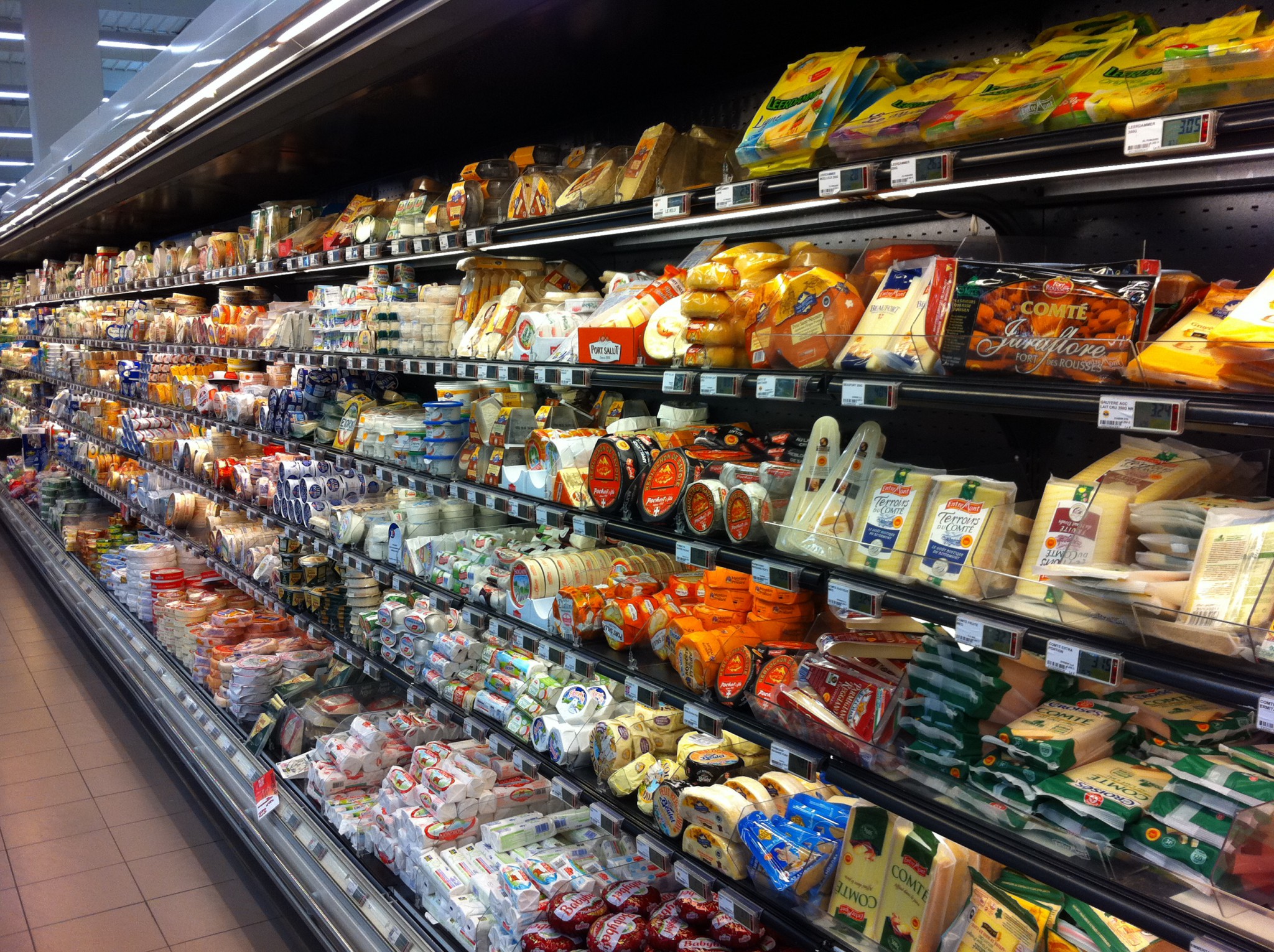
French cheese production compared to other countries
French cheese is so popular that one would think that France is the world’s leading cheese producer. However, this is not the case as the United States is far ahead.
The main cheese-producing countries are:
- United States = 5036000 tons
- Germany = 2161000 tons
- France = 1947000 tonnes
- Italy = 1158000 tonnes
- The Netherlands = 793,000 tonnes
(data from 2013)
However, France is the world’s leading exporter of cheese in value terms, while Germany is the leading exporter in terms of quantity.
- In addition, France is the leading consumer of cheese with 26.7 kg per inhabitant per year.
- It is followed by Germany (24.6), Iceland (24.1) and Greece (23.4 kg).

The main French cheese groups are :
- Lactalis, the world’s leading cheese manufacturer (Président, Bridel, Salakis)
- Savencia Fromage & Dairy, formerly Bongrain (Bresse bleu, Caprice des Dieux, Chaumes, Cœur de Lion, Le Rustique, P’tit Louis, St Môret, Tartare, Vieux-Pané)
- Bel (Bonbel, Babybel, Boursin)
- Danone (fromages frais)
AOP, a French guarantee of quality recognised worldwide
44% of French cheeses have been granted an AOP (Appellation d’Origine Protégée).
AOP cheeses of France
AOP (in English: PDO – Protected Designation of Origin) is the name of an identification form used by the European Union (including France) used to designate a product of a region that has quality and characteristics that are exclusively or essentially derived from the geographic environment.
The denomination establishes the natural factors of a terroir (production conditions) and the human factors (expertise and practices) in their relationship to the specific features of the cheese.
There are 46 AOP cheeses in France:
28 AOP cow’s milk cheeses
- Abondance,
- Beaufort,
- Blue cheese: Bleu d’Auvergne, Bleu de Gex, Bleu des Causses, and Bleu du Vercors-Sassenage,
- Brie de Meaux,
- Brie de Melun,
- Camembert de Normandie,
- Cantal,
- Chaource,
- Comté,
- Époisses,
- Fourme d’Ambert,
- Fourme de Montbrison,
- Laguiole,
- Langres,
- Livarot,
- Maroilles,
- Mont d’Or/Vacherin du Haut Doubs,
- Morbier,
- Munster (or Munster Géromé),
- Neufchâtel,
- Pont-l’Evêque,
- Reblochon,
- Saint-Nectaire,
- Salers,
- Tome des Bauges.
15 AOP goat’s milk cheeses
- Banon,
- Brousse du Rove
- Chabichou du Poitou,
- Charolais
- Chevrotin,
- Crottin de Chavignol,
- Mâconnais,
- Pélardon,
- Picodon,
- Pouligny Saint-Pierre,
- Rigotte de Condrieu
- Rocamadour,
- Sainte-Maure de Touraine,
- Selles sur Cher,
- Valençay.
2 AOP ewe’s milk cheeses
1 AOP whey cheeses
- Brocciu
Most of the French cheeses listed above are available in Australia and America. However, they are all made from pasteurised milk, except Roquefort which received authorisation in 2005 to be imported to Australia despite the raw milk it contains.
The seven French cheese types
The variety of French cheeses is acknowledged around the world. They have been classified into seven categories.
1. White mould cheeses
Brie de Meaux, Camembert de Normandie.

These French cheeses are usually made from cow’s milk.
The technique is as follows:
- The first process is mixed curdling resulting from rennet being combined with raw milk and adding lactic acid bacteria.
- The curd is then placed gently into moulds in order not to break it.
- After draining, the cheese is removed from the mould and salted.
- Then, the cheeses are dusted with penicillium.
- The growth of penicillium will create the external white mould called “the flower”.
The curing room!
- The cheeses are then stored in a curing room, a warm and ventilated room. The curing room is operating properly when green apple odours can be smelled.
- Cheeses stay there for 10 to 14 days – they are then dried and wrapped.
- They are then young – the pâte is firm and “chalk-white”.
- Then with time, they become creamy. The pâte must then be even and slightly odorous.
- This type of cheese is optimal after 4 or 5 weeks. Beyond that time, they start to show a red or brown pigmentation on the rind and give off an unpleasant ammonia smell.
2. Washed rind cheeses
Époisses, Livarot, Munster (or Munster Géromé), Maroilles, Pont-l’Évêque.

Initially, the production of these cheeses is technically similar to producing white mould cheeses.
- They are not dusted with penicillium but lightly dried after being removed from the mould.
- They are then brushed with morge (a watery solution mixed with natural colouring). Some rinds are washed with alcohol – marc de Bourgogne (brandy), beer or Muscadet.
- They are usually stocked in a warm room, the curing room, and they are ventilated, turned over and brushed many times.
- These cheeses have a longer affinage period and they are considered optimal after 6 to 8 weeks. Usually, these cheeses are particularly odorous but very tasty.
3. Uncooked semi-hard cheeses
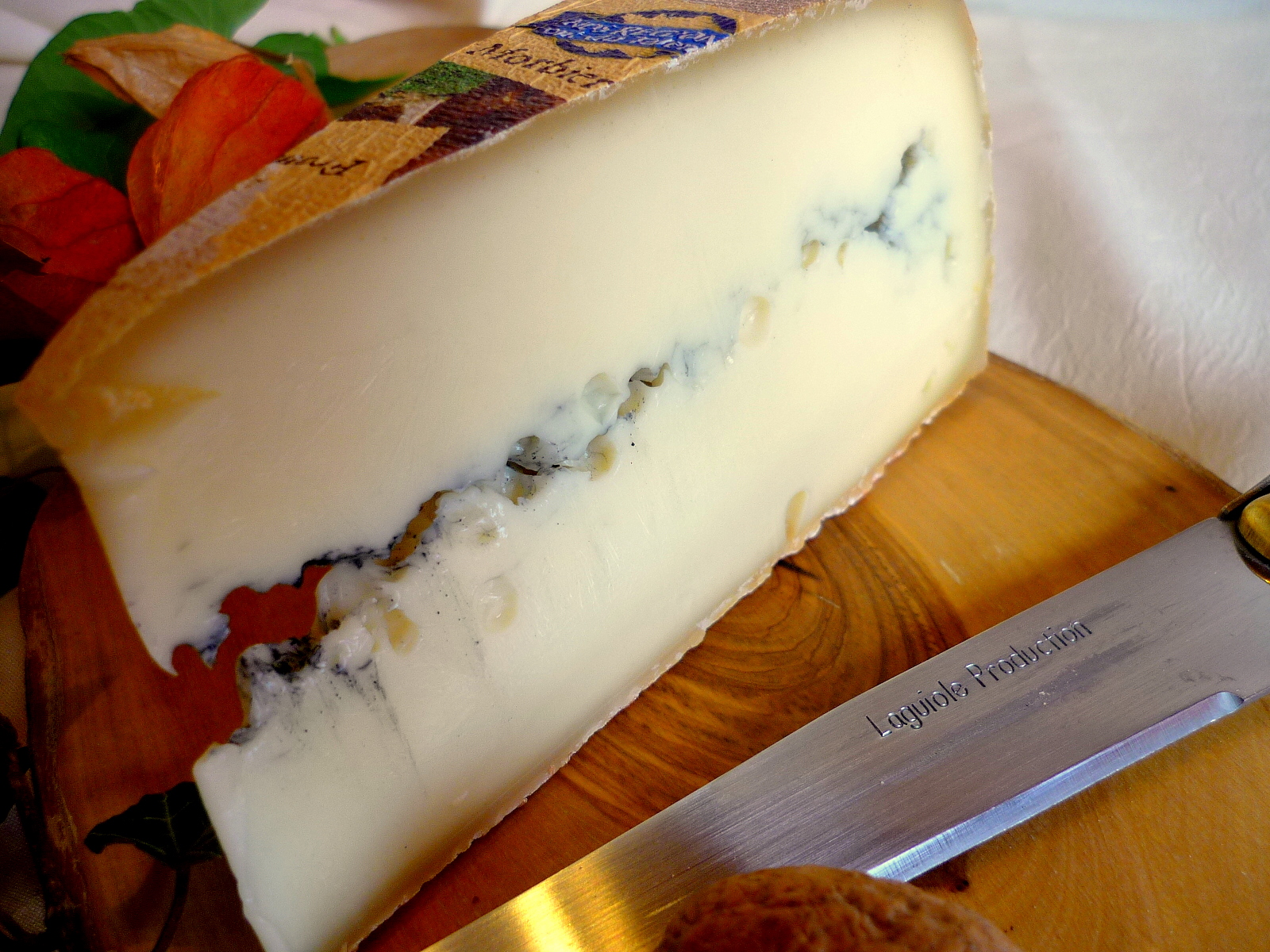
This is a category of French cheeses we can consider as a “catchall”. Indeed, it includes a large number of farm-made, traditional and industrial tommes, both similar and different.
A different affinage process
The main difference lies in the affinage process. The affinage stage also has a considerable influence on the taste and texture of these products.
- The milk is heated to 36°C, and then it is rapidly curdled with rennet.
- After slicing and working it in a vat, the curd is directly moulded, then placed under presses in order to rapidly drain the cheese. The intensity and duration of the pressing vary according to the cheeses.
- Then the cheeses are salted in brine or rubbed with rock salt.
- Afterwards, they are placed, at a warm temperature, in a curing room where they may be rubbed or not, and are regularly turned over until ripened.
It is interesting to note that numerous abbey cheeses are found in this category.
4. Hard Cheeses
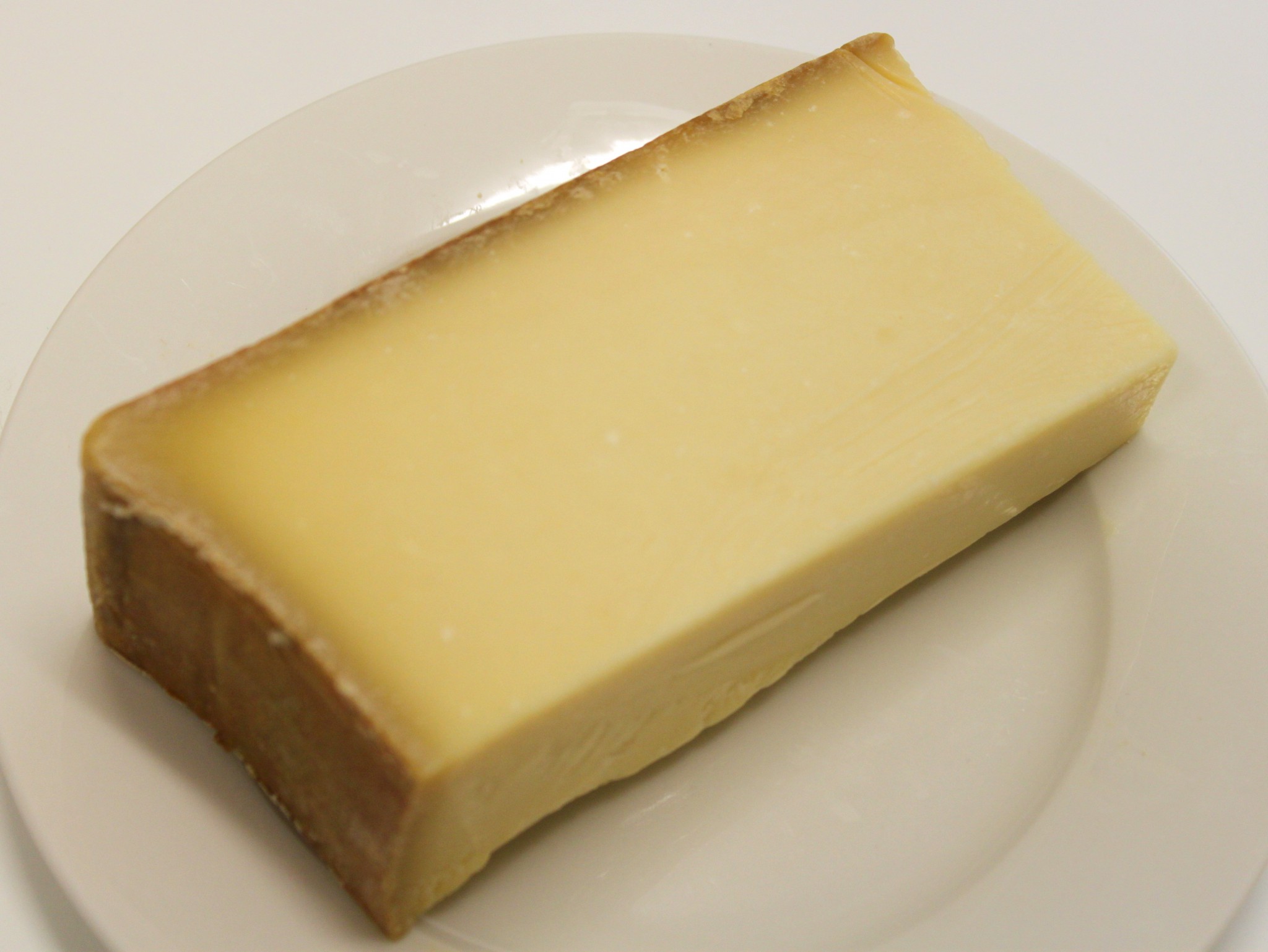
Cooked pressed pâtes are generally big round cheeses. They are also called hard pâte or fromage de garde.
A mountain cheese!
These French cheeses are generally found in mountainous regions, as these cheeses are often made by shepherds during seasonal migration up to the mountain pastures (transhumance). They are cow’s milk cheeses.
- To make them, milk is heated at 32-34°C, rennet is added, and the curdling must be quick.
- The curd is sliced and the mixture kneaded until the grain of curd reduces to the size of a grain of wheat.
- Then the “cooking” of the cheese starts. This consists of increasing the temperature to more than 50°C while shaking the curd.
- The grain is then gathered in large cloths: this is the moulding.
- The cheeses are then placed in presses for several hours so as to drain the cheese as much as possible.
- Some hard pâtes are salted in brine for several days.
- The cheeses are then carried to the affinage cellar where the long work of fermentation starts. For some microorganisms, carbon dioxide is produced, creating cavities in the pâte, the famous holes of gruyère!
- The cheeses are monitored throughout the ripening and they are treated (washed, brushed, rubbed) until they reach their optimal stage of ripening. This stage can vary from a few months to one year, or even two years or more!
5. Blue Cheeses
Bleu d’Auvergne, Fourme d’Ambert, Roquefort.
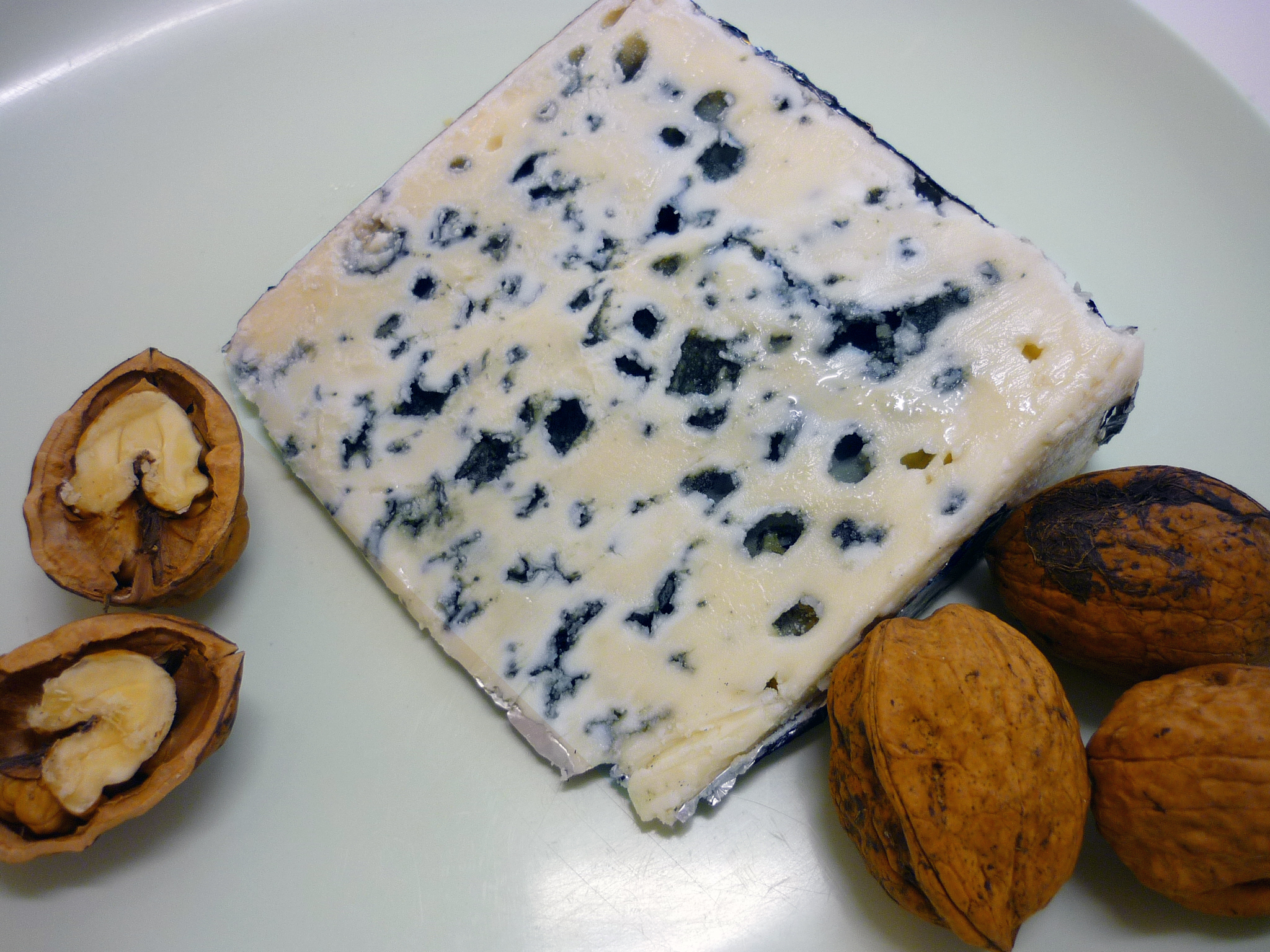
This French cheese family is by far the most recognisable by the colour of the mould, which is blue or blue-green, and which develops inside the pâte.
It is said that originally a mouldy piece of bread apparently transmitted the mould to the cheeses placed next to it!
Nowadays, the secret of French blue cheeses like Roquefort lies not in the actual making of the cheese by in the way it is matured.
The making of blue cheese
- Milk is heated at 32°C and coagulated with lactic ferments and rennet.
- The curd is sliced and naturally drained.
- After draining, it is crumbled, moulded and salted. At this time it is “pricked”, i.e. aerations are made inside the pâte with needles, in order to bring in the oxygen needed for blue mould (called “Penicillium roqueforti”).
- The cheeses are then placed in cool and rather damp cellars and are wrapped in thin pewter or aluminium foils.
- When the cheeses reach maturity, they are ready for tasting.
These are cheeses with a pronounced and powerful taste and subtle flavour!
6. Goat’s milk cheeses
Fleur du Maquis, Rocamadour, Sainte-Maure Caprifeuille, Sainte-Maure de Touraine, Soignon

This family of French cheese is defined not by the type of production but by the animal providing the milk! All types of cheese with this “goat flavour” are in this category.
They are usually small local and farm-based factories, with wild rind cheeses, without any addition of Penicillium, and they are unwashed.
Draining is often slow and done naturally. In this category are also found cheeses covered with a thin layer of charcoal; they are then called “ashed cheeses”. This process was used in the old days to protect the cheeses from insects.
7. Ewe’s milk cheeses
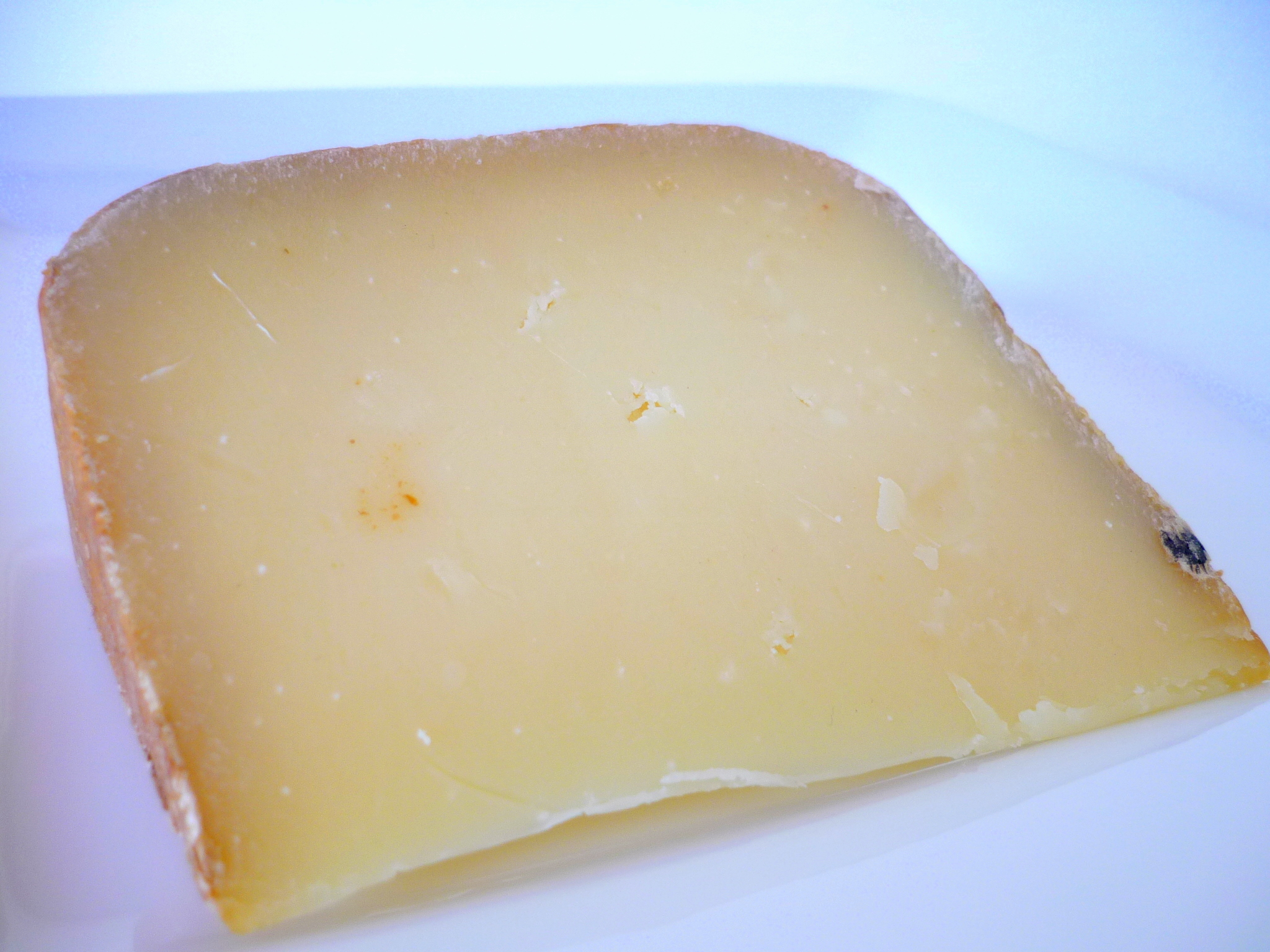
The ewe family is similar to the goat family!
The animals produce richer milk, but in a smaller quantity (they give barely more than one litre of milk per day).
Ewe’s milk cheeses are often considered to be strong and characteristic cheeses. This doesn’t come from the kind of milk, but simply from the way it is worked.
Sayings about French cheese
“Any country with 300 kinds of cheese cannot die”
Winston Churchill, during the German occupation of France
“How can you be expected to rule a country that has over 200 kinds of cheese?”
Charles de Gaulle
“Age is something that doesn’t matter unless you are a cheese”
Billie Burke
“The poets have been mysteriously silent on the subject of cheese”
G.K. Chesterton
“Nothing says holidays, like a cheese log”
Ellen DeGeneres
“For centuries, people thought the moon was made of green cheese. Then the astronauts found that the moon is a really big hard rock. That’s what happens to cheese when you leave it out”
Unknown
“Cheese is probably the best of all foods, as wine is the best of all beverages”
Patience Gray
“A meal without cheese is a beautiful girl that lacks an eye”
Brillat-Savarin
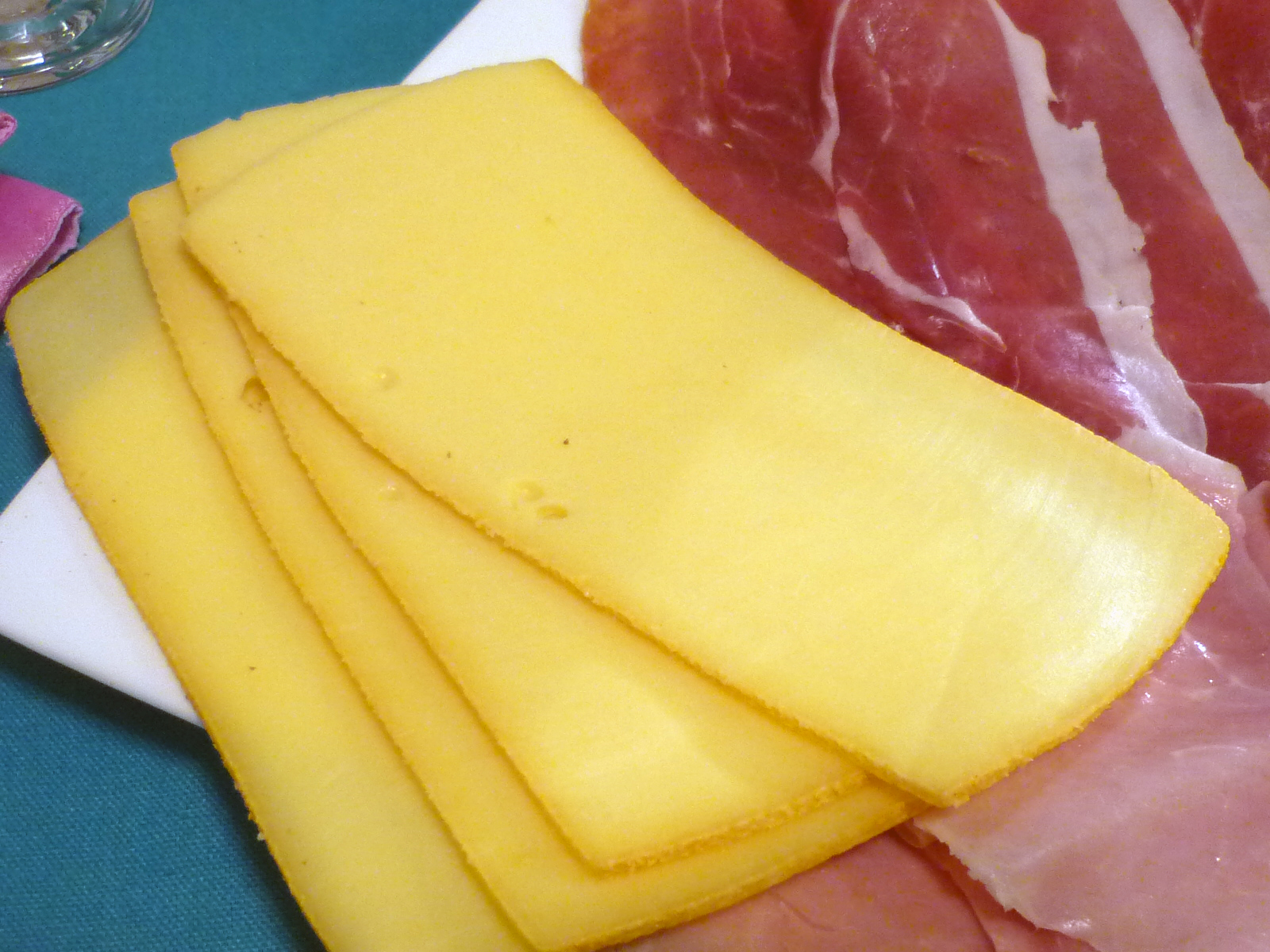
Find out more about French cheese
- A list of the cheeses of France in Wikipedia
- This great book is available on Amazon: Fromages: An Expert’s Guide to French Cheese by Dominique Bouchait (affiliate link)




Sorry, but this is nonsense. The UK has more varieties of cheese than the French as of 2016